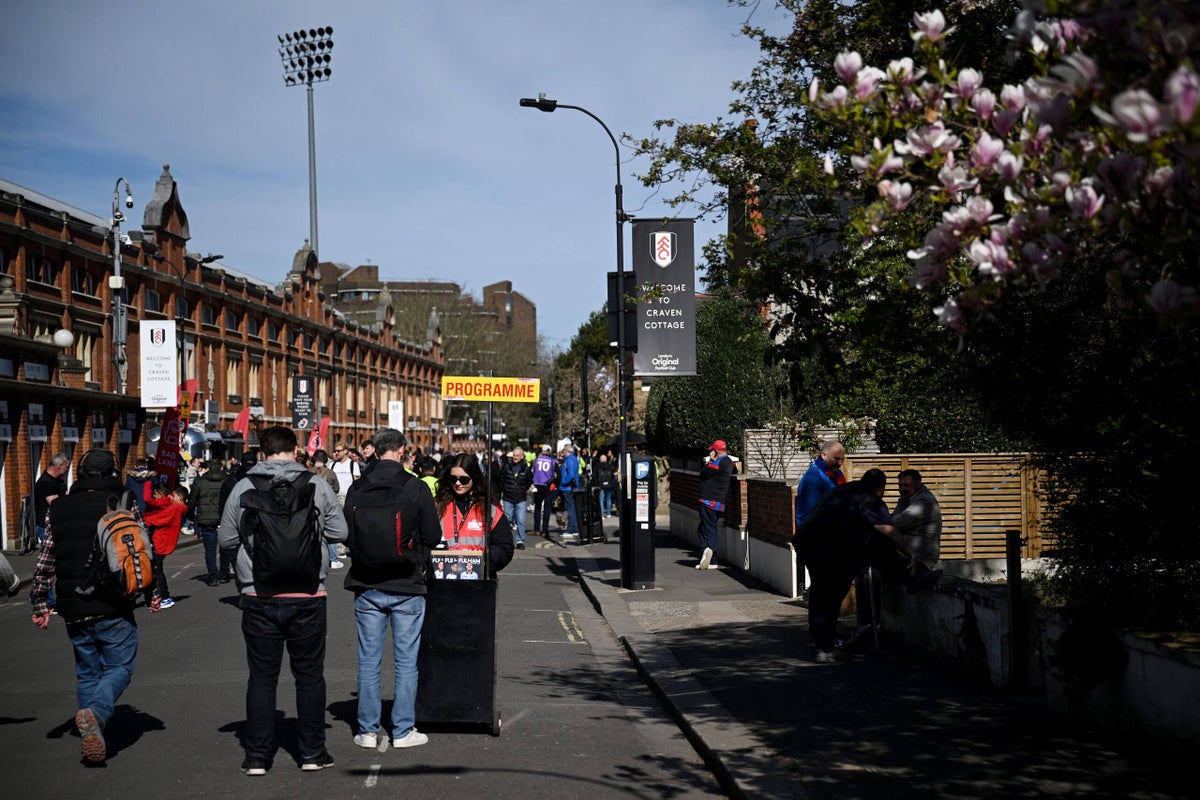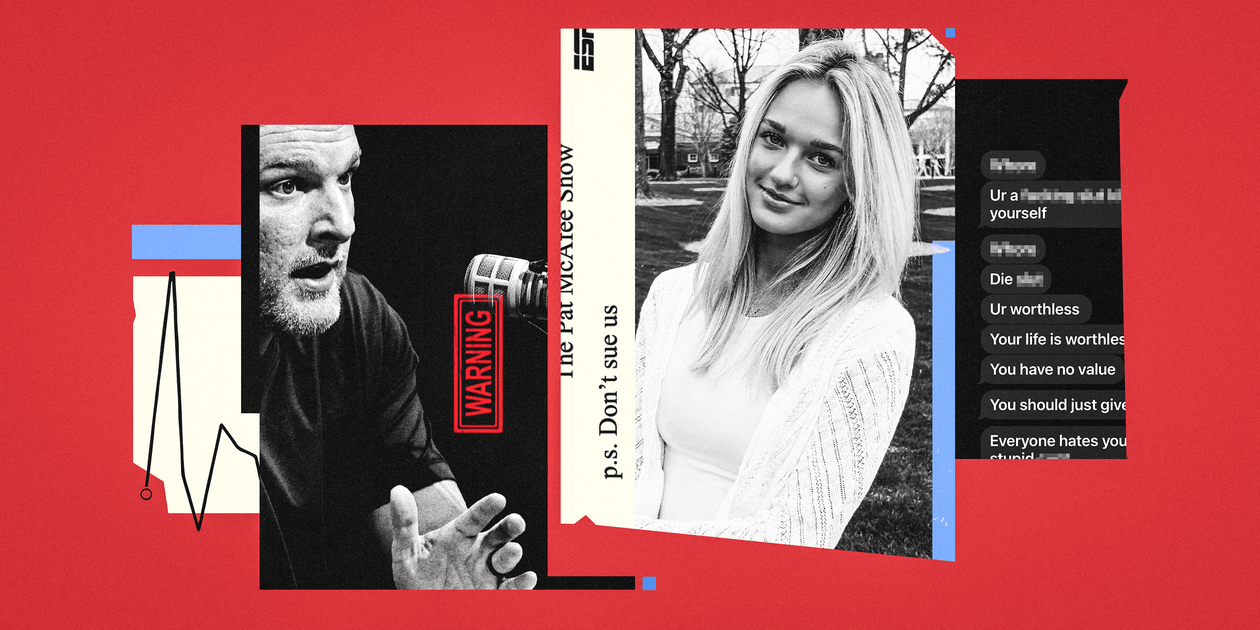Matchday at Fulham: Anticipation and Atmosphere
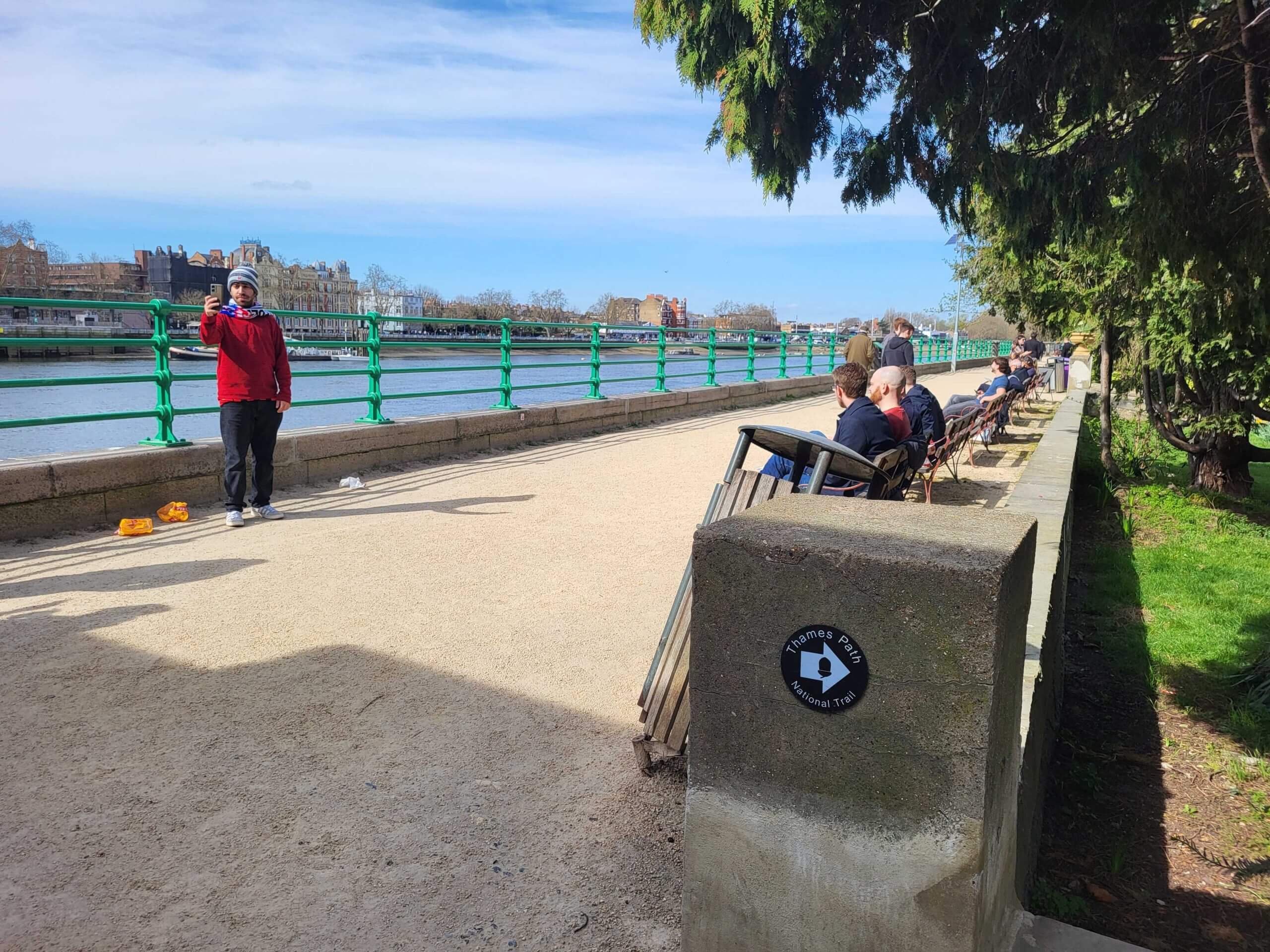
As the Tube doors jolt open at Putney Bridge, a boisterous cry of “eaaaaagles” reverberates down the platform. It’s only 10am, but the air is thick with excitement for the unforgettable experiences that may unfold later in the day. By 2pm, these fans could be basking in the glow of a thrilling match.
A young couple laments forgetting that a football match is on, as they join the slow-moving queue down the stairs to Station Approach. Outside, at the River Café opposite the station exit, more queues form as patrons eagerly await their iced lattes and croissants—an unmistakably Fulham scene.
Nearby, a tout attempts to sell three match tickets for the Hammersmith End at a steep £270 ($350). When a potential buyer tries to negotiate, the tout becomes irate, exclaiming, “I just told you, no bidding!” This moment of tension is perhaps the most heated that will be witnessed today, aside from the home fans’ vocal criticisms of Calvin Bassey’s defending.

Welcome to Fulham, the Premier League’s friendliest club and a cherished away day for countless football fans across the nation. Why is this? For starters, the surrounding area plays a significant role. If you’re making your way to Craven Cottage from Putney Bridge station, stroll along the River Thames on a sunny spring morning, and you’ll find serenity in every step.
People linger on benches, enjoying sandwiches or engrossed in crosswords. Even the children sipping from bottles of Corona seem harmless. This is a far cry from the atmosphere at Millwall.
A leisurely walk through the lush greenery of Bishops Park reveals families, small dogs, and an abundance of runners—so many runners. In the heart of the park, a funfair buzzes with activity. Spotting a Fulham fan with a skinhead and a Union Jack flag draped around his shoulders, skillfully navigating through a maze of cones set up for children on roller-skates, creates a delightful image that encapsulates the day.
Crystal Palace fans, proudly donning their red and blue colors, are scattered throughout the area. In stark contrast to many other grounds in the Premier League and beyond, the chances of facing backlash for sporting their jerseys here are minimal. The atmosphere is welcoming, a blend of excitement and camaraderie.
As they discuss the possibility of a late kick-off at Wembley during semi-final weekend, the confidence in their voices is palpable. “Fulham away is always on my list for the season,” shares Palace supporter Dan. “It’s friendly, the walk to the stadium is beautiful, they have away-friendly pubs, and the ground itself is picturesque, right on the Thames.”
“They’re probably the most accommodating club for away fans,” he continues. “Well, they’ve certainly been accommodating in recent years, especially since we’ve managed to win a few.”
Not long ago, Fulham was so welcoming that they even had a neutral stand, allowing home and away fans to sit side by side—a concept nearly unheard of in English football. This ethos aligns perfectly with the club’s middle-class surroundings: tranquil streets, multi-million-pound houses, and rowers training for the prestigious Oxford-Cambridge University Boat Race, which will soon pass this very spot. Even the presence of celebrity fans, like Hugh Grant, captured in photos supporting Fulham, adds to the charm of the day.
Fulham’s Journey and Rising Costs

Historically, Fulham hasn’t always been a headline-making club. From 1970 until 2001, they spent much of their time away from the top flight. Following a 14-year tenure in the Premier League under the ownership of the late Mohamed Al Fayed, who was notorious for his controversial legacy, the club transitioned to the ownership of Shahid Khan.
Under Khan and his son, Tony, who serves as vice-chairman and director of football operations, Fulham is working not just to establish itself as a top-flight club again, but also to refine its identity as a boutique club. This vision involves not just offering football matches, but a premium experience in “a location like no other,” as articulated by Shahid Khan himself.
The ongoing £120 million Riverside Stand project, which overlooks the River Thames, is gradually being unveiled. When completed, it will house a restaurant curated by a Michelin-star chef, high-end bars—including one on the rooftop—and exclusive seating behind the dugout, not to mention a private pool. Plans are even in the works to facilitate travel to matches by boat.
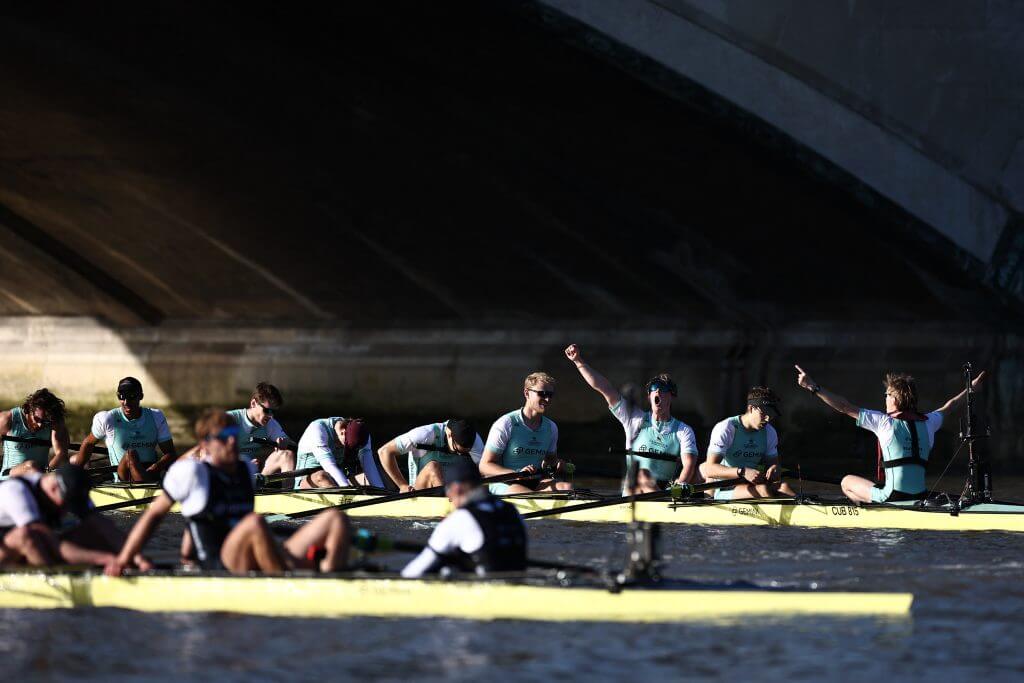
“No two visits are ever the same,” the club’s promotional material for the Riverside Stand boasts. “One thing, however, is constant: exceptional service throughout.”
However, this luxurious experience comes at a steep price. For Fulham’s next home game against Liverpool, a seat in the Riverside Stand will set fans back £150. Season tickets soar to £3,000, making it the most expensive non-corporate season ticket in the Premier League. Even standard match tickets for Liverpool range from £66 to £106, with a handful of £35 seats available in the Johnny Haynes Stand.
The rising costs of Premier League tickets are becoming a common frustration, particularly in London, where clubs like Chelsea, Arsenal, Tottenham Hotspur, and West Ham United impose similar pricing. Fans have voiced their discontent, staging protests in 2023 and again recently during an FA Cup match against Manchester United, where they united with home supporters to protest the exorbitant £52 ticket prices. In Premier League games, a £30 cap on away tickets is now in place across all clubs.
“There’s definitely a sense of being fleeced by the club,” shares Liam, a regular Fulham attendee. “I know friends who can’t afford to come anymore, but the club is heading in a different direction. Fulham used to be accessible to everyone, both home and away fans, but it’s becoming increasingly exclusive.”
Recently, Fulham’s chief executive Alistair Mackintosh defended the price hikes, stating, “When I first spoke to the Fulham Disabled Supporters Association, they advised me that Fulham is the kind of club where some fans can have a business-class or first-class experience, while others are looking for premium experiences in different areas.”
He continued, “I believe that diverse pricing means there is something for everyone at Craven Cottage. However, the focus tends to be on the higher-end pricing because it’s more newsworthy than the lower-end options. Our game against Villa is sold out.”
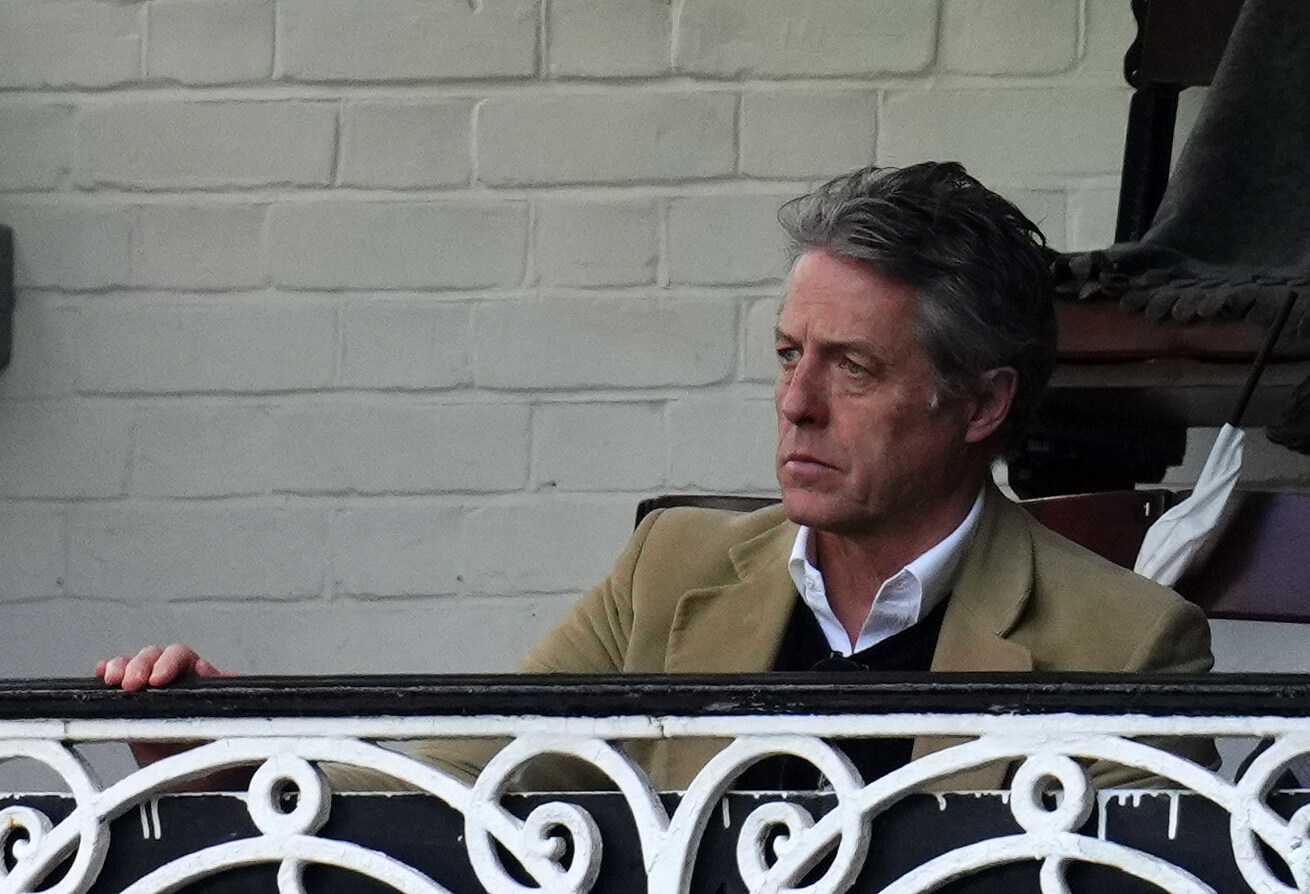
Currently, Fulham stands on the brink of a new era, vying for Champions League football this season under the adept management of Marco Silva. As the day unfolds—with one of the most electric atmospheres witnessed at Craven Cottage for some time, during a crucial FA Cup quarter-final against Crystal Palace—the dual task of transforming Fulham into a club that marries high-end experiences both on and off the pitch becomes all the more pressing. You can’t offer one without the other; just ask Queens Park Rangers.
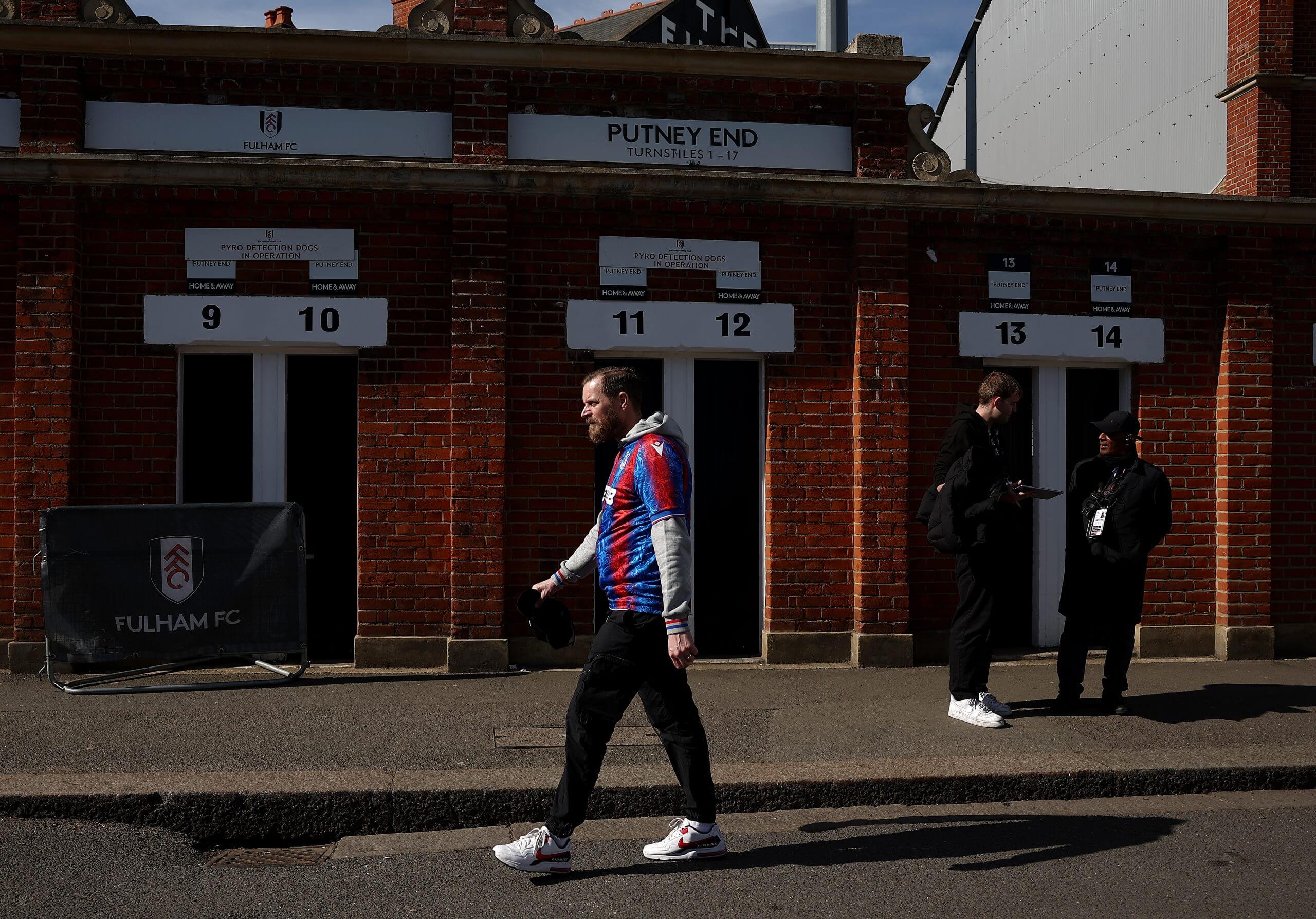
A comprehensive 3-0 defeat leaves Fulham’s season hanging by a thread. With the cup journey over, can they still aim for European football for only the fourth time in their history? The success of those boutique ticket sales may very well depend on it.
(Top photo: Justin Setterfield/Getty Images)
